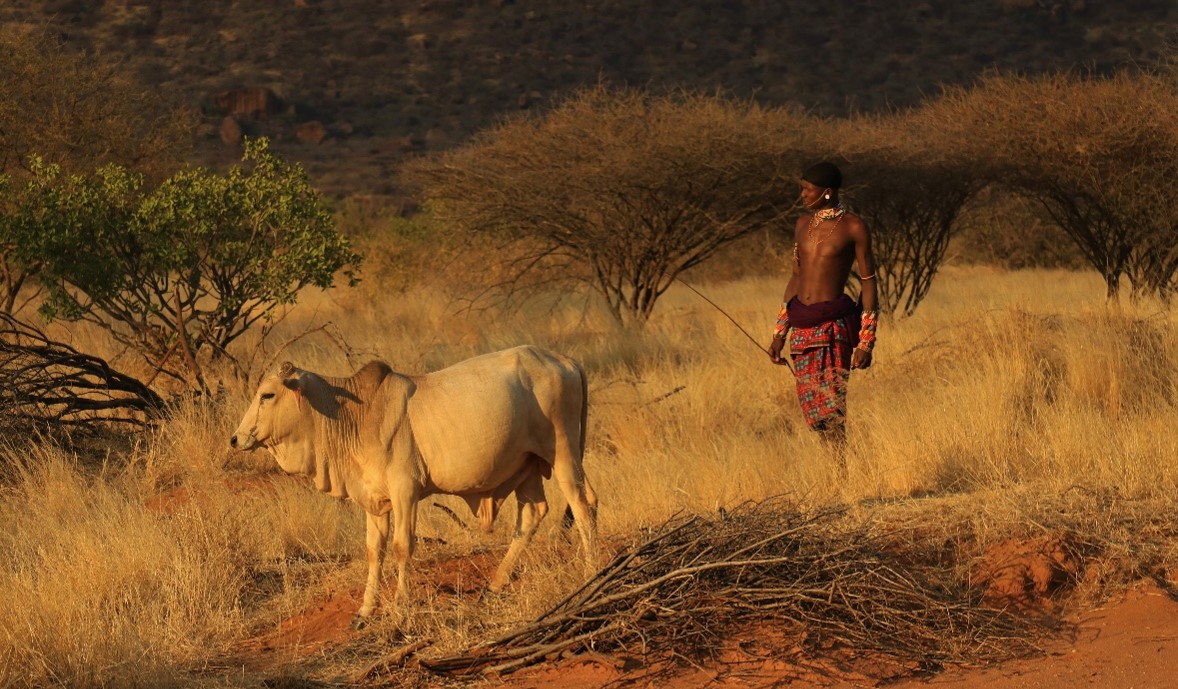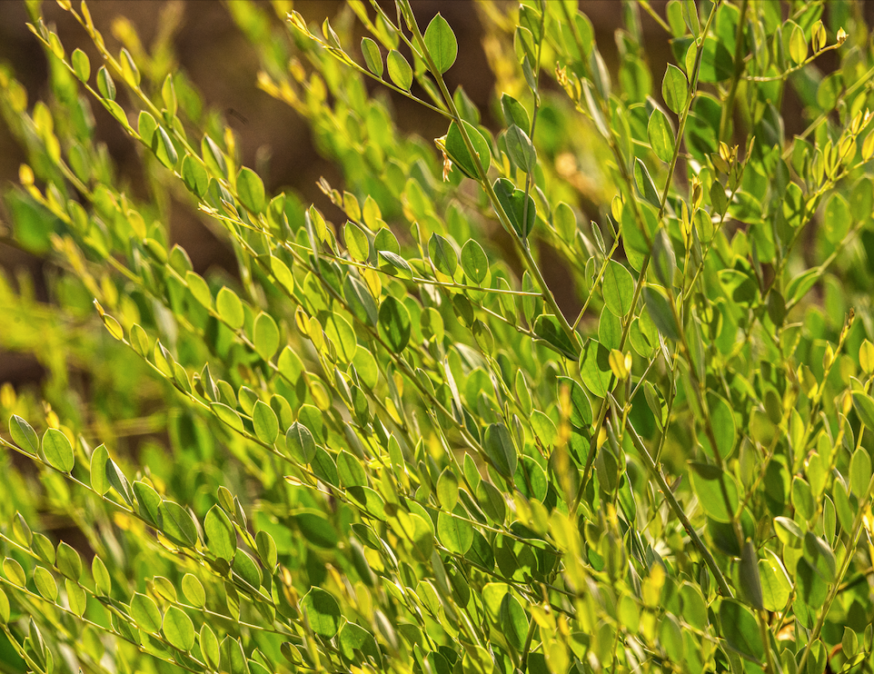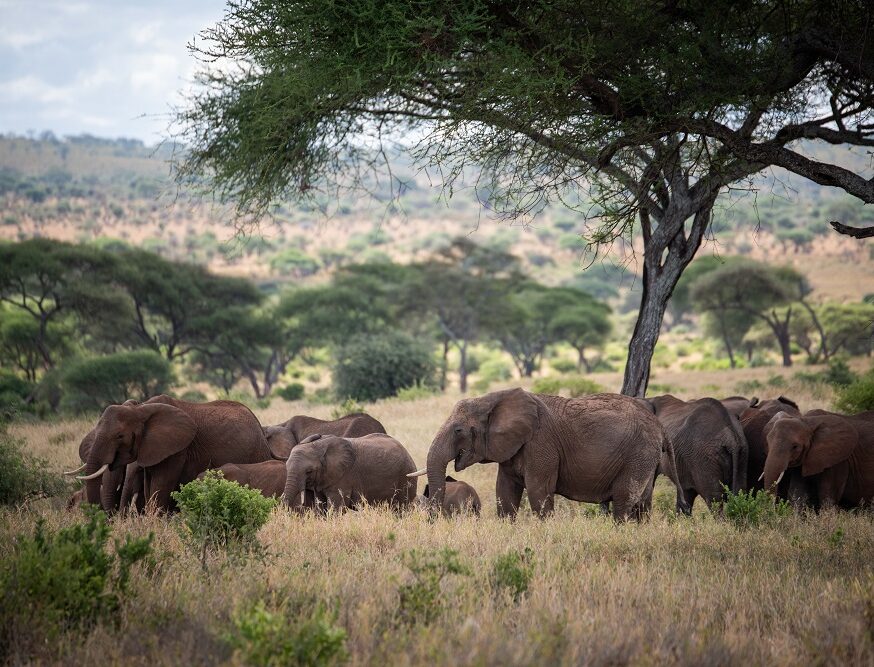Are you an urban person or a nature person? This binary distinction is one with which we readily self-categorise. While in reality it is unlikely any one of us is entirely one or the other, there is no denying that some of us live more deeply connected to the natural world than others. With each passing generation, globalisation has allowed city-dwellers of the Global North to grow increasingly detached from the land on which we all depend. However, for many of the world’s 476 million Indigenous Peoples, ancestral ties to the natural world remain strong.
THE BEST CUSTODIANS OF NATURE
While culturally and geographically disparate, Indigenous Peoples tend to have in common a close connection ‘to the land where they live or from where they have been displaced.’ As much as 22 percent of the earth’s land is traditional Indigenous territory including 11 percent of global forests are legally owned by Indigenous Peoples and local communities. In the Amazon, research shows deforestation rates within securely held Indigenous land is on average 50 percent lower than outside of these territories.
These areas are home to an abundance and a richness of species, making them extremely biodiverse. In fact, 80 percent of the planet’s remaining biodiversity can be found within Indigenous territories – a testament to the holistic, sustainable manner in which Indigenous communities live in tandem with the natural world. Indeed, with generations of knowledge, Indigenous Peoples the world over describe working with the land as opposed to on it. It therefore makes complete sense that those with grounded, intergenerational experience of an area are the best equipped to conserve it.
A CHALLENGING LANDSCAPE FOR INDIGENOUS PEOPLES
While several studies report Indigenous Peoples to be the best custodians of nature, all too often these communities fail to receive the recognition, rights and representation they deserve.
Lack of representation
Indigenous People continue to be unfairly underrepresented in international decision making. While the UNFCCC tallied more than 49,000 attendees at COP27, only around 250 Indigenous people were able to join the conference in person. The inaccessibility of climate decision making demands that greater effort be made to help Indigenous Peoples and local community members take their seats at the table.
Lack of formal land rights
Nearly one quarter of all land is Indigenous territory. However, a systemic lack of formal land rights threaten the security of many Indigenous Peoples. Without secure land rights, it is far harder for these communities to conserve nature and biodiversity as they have done for generations.
Undelivered pledges
At COP26 in Glasgow, a total of $1.7 billion was pledged to support Indigenous land rights. While this sounds positive, only 7 percent of this sum has so far been delivered.
Misdirected funding
Supposedly $270 million of funding is allocated to Indigenous-led forest conservation every year. However, only a meagre 17 percent arrives in the hands of a named Indigenous-led organisation.
THE VOLUNTARY ALTERNATIVE
Amid such lack of delivery and serious under-representation, the voluntary carbon market can provide an alternative form of funding for Indigenous-led conservation. High quality carbon credits, generated from nature-based projects, can be sold to corporates seeking to voluntarily compensate for their hard-to-abate emissions. The proceeds of these sales must be shared equitably with the Indigenous and local communities working to conserve forests. Not only does this recognise and reward efforts, but can also fund further forest conservation activities.
The projects in our portfolio are high-integrity. We conduct our own due diligence to ensure positive impacts on communities is an integral part of the project design. Once we onboard a project to our portfolio, we use our balance sheet to support project developers through long-term offtake agreements. Consequently, they can concentrate on running their projects rather than fundraising and local people have a reliable and consistent source of revenue.
HOW DOES THIS WORK IN PRACTICE?
Two of our flagship portfolio projects are developed by Carbon Tanzania. As a social enterprise, Carbon Tanzania counters the prevalent conservation notion that to protect ecosystems and biodiversity, humans must be excluded from the area. Instead, Carbon Tanzania helps Indigenous and local communities to protect nature and biodiversity under fair, equitable economic conditions.
In Tanzania, the Hadza, Datooga and Masaai people have, for generations, lived with the land. Yet, as more people move to Tanzania and demands on resources increase, many communities are finding their way of life to be threatened. Indeed, the territory of the Hadza, Datooga and Masaai is frequently used by migrant farmers. Informed by entirely different life experiences, new arrivals are likely to farm in a way entirely contradictory to that of the Indigenous communities to whom land belongs.
In response, Carbon Tanzania recognises that strengthening land rights and resource tenure is vital. Ensuring that the Hadza, Datooga and Masaai retain rights to their ancestral land not only safeguards their way of life, but protects naturally forested areas from destruction. This conservation model provides a powerful template for attributing appropriate value to nature and ensuring those responsible for its stewardship are fairly compensated.
WHAT GUIDANCE IS ALREADY IN PLACE FOR INDIGENOUS PEOPLES?
Free, Prior and Informed Consent
UNDRIP’s framework on Free, Prior and Informed Consent should form the foundation of any carbon project working with Indigenous Peoples and members of local communities. Let’s look a little closer at what this means:
Free
Consent for a project’s operations must be offered voluntarily and ‘without coercion, intimidation or manipulation.’ When consent is sought, communities should also not be placed under stressful timelines that could force or rush their processes of decision making.
Prior
Developers should seek consent prior to it becoming ‘necessary’ for a project’s operations. In the very beginning stages of a project, information should be given to local people and should take into account the time needed to understand and analyse potentially new ideas.
Informed
The project information provided to Indigenous and local people should be clear, accurate and entirely transparent. Moreover, information should not cease if and when consent is given. Instead, information should continue to pass between developers and locals throughout a project’s lifespan.
Consent
Consent should be discussed collectively among the holders of land rights and local stakeholders. Any decision to grant or withhold consent should be informed by a participatory process, not the will of a minority.
Embedding Indigenous Knowledge
In January, a new report from the World Economic Forum outlined ways in which Indigenous knowledge could be better included in carbon projects. It states, “‘Respecting Indigenous peoples’ cultural knowledge, rights and responsibilities will boost the resilience and long-term impact of landscape conservation and restoration projects.”
Before establishing a carbon project, the report recommends developers consider likely power imbalances between themselves and Indigenous Peoples. It also advises developers not to underestimate the challenges of trust building and to acknowledge they may carry a cultural load, informed by generations of potentially inequitable interactions.
The report also advocates for greater Indigenous involvement and participation in leadership roles. This can include increasing understanding of unmet community needs, presenting a range of project options and, crucially, an equitably sharing project benefits.
Tropical Forest Credit Integrity Guide
The Tropical Forest Credit Integrity (TFCI) Guide speaks extensively on the role of Indigenous Peoples as custodians of the world’s forests. It sets an expectation that the equitable inclusion of Indigenous Peoples should be considered a ‘hallmark’ of a high quality, forest conservation project. Rather than considering Indigenous communities members as beneficiaries of carbon finance, projects should form equal partnerships with interested local people. The Guide itself had input from Indigenous stakeholders.
HOW COULD CARBON PROJECTS BE IMPROVED FOR INDIGENOUS PEOPLES?
In Global North carbon market criticism, we have observed that many opponents neglect to seek the perspectives of the Indigenous people and local communities on the frontlines of climate change. Of course, opinions will not be homogenous – some people will always be in favour while others stand firmly against. However, there are many Indigenous Peoples who see great potential in carbon finance to support global conservation efforts.
At the beginning of May, more than forty Indigenous-led groups and organisations published an open letter asking the global finance and climate communities to support forest protection, or REDD+, carbon credits. The letter highlights the ways in which REDD+ can provide financial resources and help to safeguard ancestral lands. At Respira, we stand alongside the Indigenous-led groups and organisations calling for immediate support to ensure continued funding to the Global South via REDD+ carbon credits.
As global temperatures continue to rise and deforestation continues to hit record highs, we must listen to and champion Indigenous voices. We are calling for Indigenous voices to finally be uplifted in conversations about climate finance and for private capital to be channelled, at scale, to Indigenous-led forest conservation efforts.
Picture credit: Northern Kenya Rangelands
Share this article



